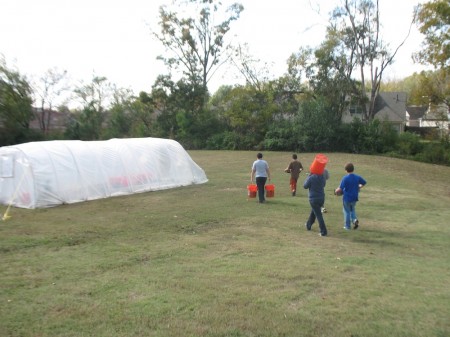Montessori normalization lies somewhere between the extremely reticent and the overly loquacious. I have both endmembers in my classroom, so I’m wondering it would help or hurt to use Lucius Aemilius Paulus’ speech as a topic for a Socratic dialogue.
In every circle, and truly, at every table, there are people who lead armies into Macedonia; who know where the camp ought to be placed; what posts ought to be occupied by troops; when and through what pass that territory should be entered; where magazines should be formed; how provisions should be conveyed by land and sea; and when it is proper to engage the enemy, when to lie quiet and they not only determine what is best to be done, but if any thing is done in any other manner than what they have pointed out, they arraign the consul, as if he were on trial before them. These are great impediments to those who have the management of affairs; for every one cannot encounter injurious reports with the same constancy and firmness of mind as Fabius did, who chose to let his own ability be questioned through the folly of the people, rather than to mismanage the public business with a high reputation.
I am not one of those who think that commanders ought at no time to receive advice; on the contrary, I should deem that man more proud than wise, who regulated every proceeding by the standard of his own single judgment. What then is my opinion? That commanders should be counseled chiefly by persons of known talent, by those who have made the art of war their particular study, and whose knowledge is derived from experience, by those who are present at the scene of action, who see the enemy, who see the advantages that occasions offer, and who, like people embarked in the same ship, are sharers of the danger.
If, therefore, anyone thinks himself qualified to give advice respecting the war which I am to conduct, let him not refuse the assistance to the State, but let him come with me into Macedonia.
He shall be furnished with a ship, a tent, even his traveling charges will be defrayed, but if he thinks this is too much trouble, and prefers the repose of a city life to the toils of war, let him not on land assume the office of a pilot. The city in itself furnishes abundance of topics for conversation. Let it confine its passion for talking to its own precincts and rest assured that we shall pay no attention to any councils but such as shall be framed within our camp.
— General Lucius Aemilius Paulus (229-160 B.C.), from Livy’s The History of Rome, Book 44, Chapter 22.



